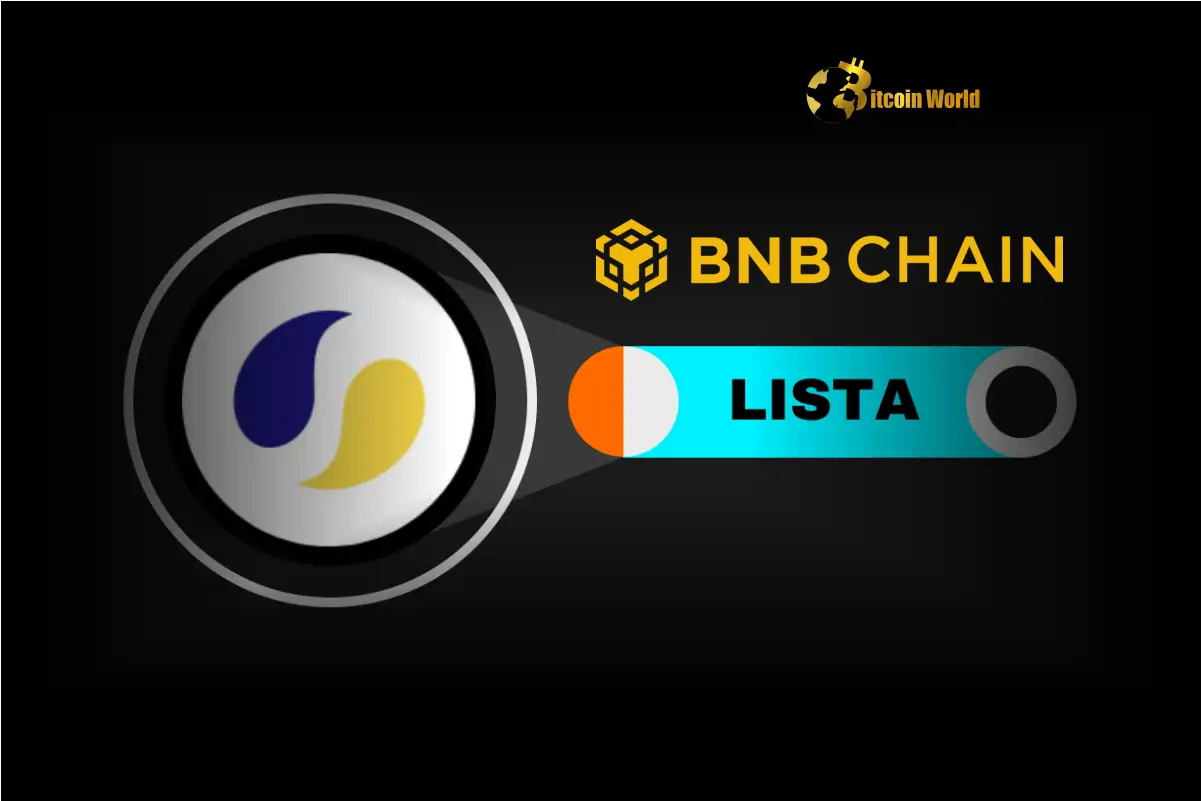Hold onto your hats, crypto enthusiasts! The winds of change are blowing from the East, and this time, it’s coming straight from the Russian Finance Ministry. Imagine a world where the ruble takes a digital leap, anchored to stability but powered by blockchain technology. That’s precisely what’s brewing in Russia, as the Finance Ministry reportedly urges the nation to explore its own stablecoin. But what does this mean for Russia, the global crypto landscape, and you? Let’s dive deep into this exciting development.
Why is the Finance Ministry championing a Russian Stablecoin?
The move by the Finance Ministry isn’t out of the blue. Several factors are likely at play, pushing Russia towards the idea of a national stablecoin. Think of it as a strategic maneuver with multiple benefits:
- Navigating Sanctions: In a world of increasing financial sanctions, a stablecoin could offer Russia a way to bypass traditional financial systems for international transactions. It’s a potential tool to reduce reliance on the US dollar and other fiat currencies controlled by sanctioning nations.
- Modernizing the Financial System: Russia is keen on embracing technological advancements. A digital currency, especially a stablecoin, aligns with the global trend of digitalization and can modernize their financial infrastructure. It can pave the way for faster, cheaper, and more efficient transactions within the country and across borders.
- Controlling the Crypto Narrative: Instead of battling against cryptocurrencies, governments worldwide are starting to explore controlled integration. By issuing its own stablecoin, the Finance Ministry could aim to regulate and manage the digital currency space within Russia, bringing it under state control and potentially mitigating risks associated with decentralized cryptocurrencies.
- Boosting Economic Efficiency: A well-designed stablecoin can streamline payments, reduce transaction costs, and enhance transparency in financial operations. This can lead to greater economic efficiency and potentially attract investment into the Russian economy.
Decoding the Benefits of a Russian Stablecoin
Let’s break down the potential advantages of Russia launching its own digital currency in the form of a stablecoin:
| Benefit | Description |
|---|---|
| Reduced Transaction Costs | Digital currency transactions, especially on blockchain networks, can significantly lower transaction fees compared to traditional banking systems, particularly for cross-border payments. |
| Increased Transaction Speed | Stablecoin transactions can be processed much faster than traditional bank transfers, often settling within minutes or even seconds, regardless of geographical location. |
| Financial Inclusion | A digital currency can potentially bring financial services to underserved populations who may lack access to traditional banking infrastructure. |
| Enhanced Transparency | Blockchain technology offers a transparent and auditable ledger of transactions, potentially reducing corruption and increasing trust in the financial system. |
| Geopolitical Leverage | A national stablecoin could provide Russia with greater financial autonomy and reduce its dependence on Western-dominated financial systems, enhancing its geopolitical standing. |
Navigating the Challenges: Roadblocks to Russian Stablecoin Issuance
While the prospects of a Russian stablecoin are enticing, the path to implementation is not without its hurdles. The Finance Ministry and the Russian government will need to grapple with several challenges:
- Regulatory Framework: Establishing a clear and comprehensive cryptocurrency regulation framework for stablecoin issuance and operation is crucial. This includes addressing legal tender status, taxation, and anti-money laundering (AML) compliance. Balancing innovation with regulation will be key.
- Technological Infrastructure: Developing a robust and secure technological infrastructure to support the stablecoin is essential. This includes choosing the right blockchain platform, ensuring scalability, and safeguarding against cyber threats.
- Public Adoption: For the stablecoin to be successful, widespread public adoption is necessary. This requires building trust in the digital currency, educating the population about its benefits and usage, and ensuring ease of access and usability.
- International Recognition: The effectiveness of a Russian stablecoin for international transactions hinges on its acceptance and recognition by other nations and financial institutions. Overcoming skepticism and gaining international trust will be a significant undertaking.
- Economic Stability Concerns: The pegging mechanism of the stablecoin needs to be robust to maintain its stability against the ruble. Any perceived weakness in the peg could lead to a loss of confidence and destabilize the digital currency.
Examples from Around the Globe: Learning from Others
Russia isn’t alone in exploring national digital currencies. Several countries are already experimenting with or have launched their own central bank digital currencies (CBDCs) or are considering stablecoin initiatives. Let’s look at a few examples:
- China’s Digital Yuan (e-CNY): China is a frontrunner in the CBDC race, with its digital yuan already in pilot phase. This provides a real-world example of how a major economy is approaching digital currency issuance and its potential impact on the financial system.
- Sweden’s e-krona: Sweden’s Riksbank has been exploring the e-krona, a CBDC designed to complement cash in an increasingly cashless society. This example highlights the focus on domestic use cases for digital currencies.
- Private Stablecoins (e.g., USDT, USDC): While not government-issued, private stablecoins like Tether (USDT) and USD Coin (USDC) demonstrate the market demand for stable digital currencies pegged to fiat currencies. These examples provide insights into the functionalities and challenges of stablecoins in general.
Actionable Insights: What Does This Mean for You?
The Russian Finance Ministry’s push for a stablecoin is more than just news from a distant land. It has implications for the global cryptocurrency regulation landscape and potentially for your own crypto journey:
- Keep an Eye on Regulatory Developments: The Russian move is part of a broader global trend towards regulating and integrating digital currencies into the mainstream financial system. Staying informed about regulatory changes worldwide is crucial for navigating the evolving crypto space.
- Understand Geopolitical Implications: National stablecoin initiatives like Russia’s have geopolitical dimensions. They could reshape international finance and trade, potentially impacting currency flows and investment strategies.
- Explore Stablecoin Opportunities: Whether it’s Russian stablecoin or other stablecoins, these digital currencies offer unique opportunities in terms of stability, accessibility, and potential yield generation within the crypto market.
- Be Aware of Risks: While stablecoins aim for stability, they are not without risks. Regulatory risks, pegging risks, and technological vulnerabilities are factors to consider when engaging with any digital currency, including potentially a Russian stablecoin.
Conclusion: A New Chapter in Digital Finance?
The Russian Finance Ministry’s call for a national stablecoin signals a significant step towards embracing digital currency within the country. While challenges remain, the potential benefits – from navigating sanctions to modernizing the financial system – are compelling. This development underscores the growing global momentum towards cryptocurrency regulation and the integration of digital currencies into the financial mainstream. Whether Russia’s stablecoin becomes a reality and how it impacts the global financial order remains to be seen. But one thing is clear: the world of finance is undergoing a profound transformation, and digital currencies are playing an increasingly central role.
To learn more about the latest digital currency trends, explore our article on key developments shaping digital currency institutional adoption.
[ad_2]
Source link






